
After leaving the Freycinet peninsula, I drove west toward what may be the most famous Tasmanian park - Cradle Mountain. Often the roads were almost deserted as I drove through hilly farm and livestock country.


I spent the night at the foot of Mt. Roland, in Gowrie Park, just east of the Cradle Mountain Road. Mt. Roland has a rather extensive "top," and a wicked climb to get there.

I got to Cradle Mountain National Park very early in the morning, and beat the crowd to the parking lot. By 8:30, the lot was full and travel to this overlook was restricted. The peaks were overcast (surprise!), so I waited almost 3 hours for things to clear so I could get this shot. I refused to get this close and not see be able to get a good shot.

While waiting for the clouds to clear, I walked a few trails. I was fascinated by the 5th sign down on the following list. How they get the wombats to poo in the same place every day ....

The solution to the above mystery is that there is an "l" missing from the word "poo."
Before I left the Cradle Mountain area, I stopped at a picnic table to make tea and relax a bit. I left my driver's side window open about 5 inches to ventilate the car. After starting the water boiling, I realized I had left something in the car. When I opened the back door, I heard a flutter. Suddenly, a large, black bird hopped onto the console between the seats, with an apple core in its beak. I stepped back, and the bird exited. It had hopped into the car through the narrow window opening! Had I not returned to the car to get something, I would not have gone around to the driver's side door to both close the window and check the car.
The bird had gotten into the litter bag to get the apple core, and had scattered paper all over the floor: no big deal. But it had also left a sizeable deposit on the back of the driver's seat - which I may not have noticed at all had I simply returned to the car and taken my seat. Talk about a guardian angel looking over my shoulder - the shoulder that would have been in contact with the "deposit." Big bird = big mess. No, I didn't take a picture of that and wouldn't have posted it here, if I had. Yuck!
The Black Currawong is as large as a raven, with a really mean-looking beak. They are distinguished by their yellow eyes, as opposed to the red eyes of magpies or the white eyes of crows and ravens (http://en.wikipedia.org/wiki/Currawong). I'm still trying to identify a similar bird seen on Kilimanjaro, because I think it's related to the currawong. Anyway, the currawong is very smart and well-adapted to stealing from the unaware.

Leaving the Cradle Mountain Park, I drove in a circle to the west, through Bulgobac (what a story behind that name, I'll bet) and Queenstown. Queenstown is a copper mining community, and the hills have very little vegetation at this point - nothing like it's namesake in New Zealand.
Before that, however, just outside of Cradle Mountain Park, were these tussocks of flowers. They reminded me of the simbelmyne from Lord of the Rings - the flowers on the graves of the kings of Edoras (http://en.wikipedia.org/wiki/Athelas#Athelas).
Factoid: In "The Two Towers," when we see the graves of Edoras, the flowers were all made of silk and cost $100 each.

Heading east, now, I entered Lake St. Clair Park in time to secure a good campsite. Campers had to be careful, here, because leaving any food or trash out overnight would attract both wallaby and possum.
Lake St. Clair.


A basket made by a local Aborigine craftswoman from button grass, on display at the extensive Lake St. Clair Visitors' Center.


The next stop east was Mt. Field National Park, famous for Russell Falls. There was rather little water coming over the falls, and a better shot is found on the following web site, which also provides an overview of Tasmania's National Parks: http://www.clickforaustralia.com/Tasmania.htm

Wallaby in a parking lot.

A wombat in a private wildlife preserve.

Tasmanian Devils. These nocturnal animals are becoming endangered because they easily contract a mouth cancer, which is spreading fast. The wildlife preserve is breeding them and "putting them up for adoption" (http://www.gadling.com/2007/12/04/help-save-tasmanian-devil/). (http://www.devilsindanger.com.au/)


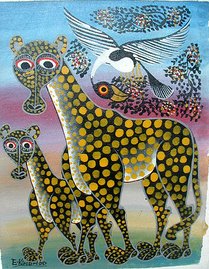
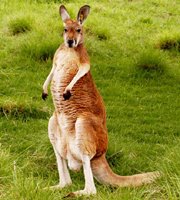
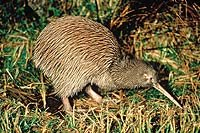















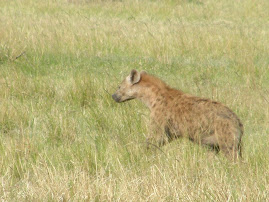
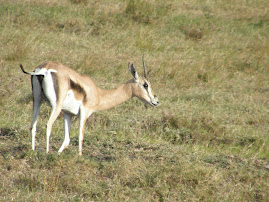
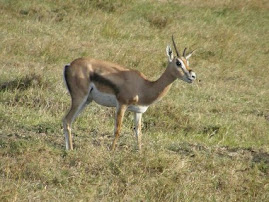





No comments:
Post a Comment